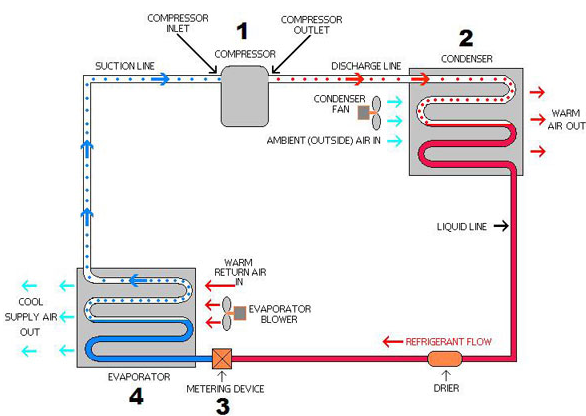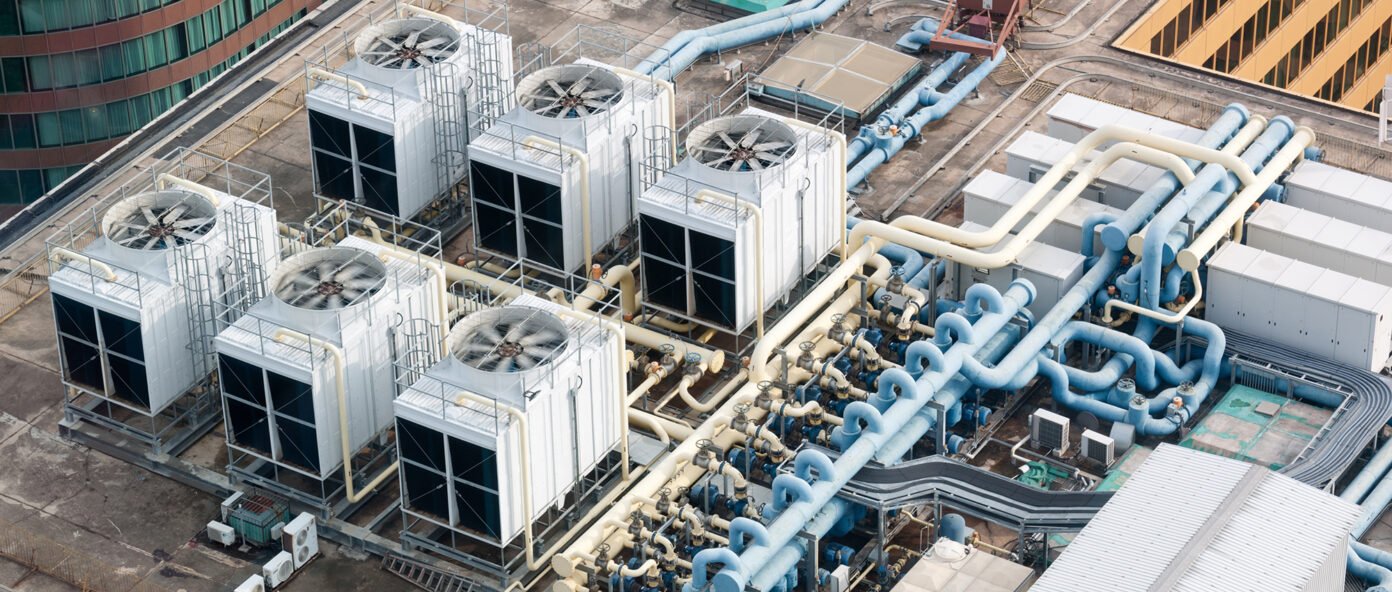Do we need to know about HVAC system components? Well, HVAC systems are intended not only to adjust the thermal conditions of an area (mostly indoor), but they also bear the responsibility of delivering clean air to provide comfort in the environment when needed. Therefore, it would be quite beneficial actually to know some basics about their components, not only to appreciate the engineering art put into them, but also to be able to identify easier what might your system need to work as you wish.
The system that heats and cools your house is referred to as HVAC. You can rely on the HVAC system’s furnace component to keep you warm in the winter and cool and pleasant in the summer. Let’s look at the eight fundamental components of a house HVAC system that includes the conventional furnace and split-system air conditioner combo, even if some homes are heated and cooled using boilers, radiant floor heating, heat pumps, ductless mini splits, or window air conditioners. Several Suppliers and Companies, as well as other manufacturers and distributors, supply HVAC system components, and there are many HVAC System Components for Sale on Linquip.
Linquip can help you easily find the solution to meet your HVAC requirements. We invite you to read along to learn with us some information about HVAC system components.
What Are the Main Parts of an HVAC System?
Following is a list of HVAC components we will discuss in this post:
- Thermostat
- Heat generator
- Heat exchanger
- Blower
- Condenser Coil or Compressor
- Evaporator coil
- Air Ducts and Vents
HVAC System Components Diagram
In the following diagram, you can find some major components that concern pretty much all HVAC systems. There are, of course, differences between different HVAC system configurations, but the core concept and HVAC components are basically common among all of them. The following diagram shows a working cycle in an HVAC system, that could be intended for both heating and cooling applications by changing where the heat is absorbed from and where it is rejected to.
HVAC stands for Heating, Ventilation, and Air Conditioning; therefore, the design of such systems is mostly accompanied by some air ventilating and cleaning processes that are integrated with these systems.


Heat Generator
The heat generator is a key member of HVAC system components when it comes to heating. What happens in these devices is the generation of heat, for instance, through the extraction of fuel energy inside a furnace, aka combustion chamber. Hot flue gases will then provide heating for the air or another fluid such as water that will later heat the air entering the conditioned environment. Electric heat generation could also be used to heat the conditioning air.
Although there might be a variety of choices for heat generators, the most common forms are the furnaces, and therefore, it is important to consider combustion efficiency for resource control and pollutant emission for environmental concerns regarding these HVAC system components.
Combustion efficiency is the proper and complete reaction of fuel with oxygen inside the furnace so that no fuel is wasted. The efficiency of the furnace could also be extended to optimal transfer (minimal loss) of the generated heat to the next intended medium, be it the conditioning air or another fluid such as water. The general considerations regarding this would be proper mixing of fuel and air inside the furnace, well-shaped glow sticks or igniters, optimal heat transfer, and also operation safety.
Heat Exchanger
Heat exchangers are one of the HVAC system components that receive the heat generated in the heat generation unit and transfer it to another fluid. Some control units will activate the furnace or electric heating elements when needed to regulate the air temperature passing through the heat exchanger.





No comment